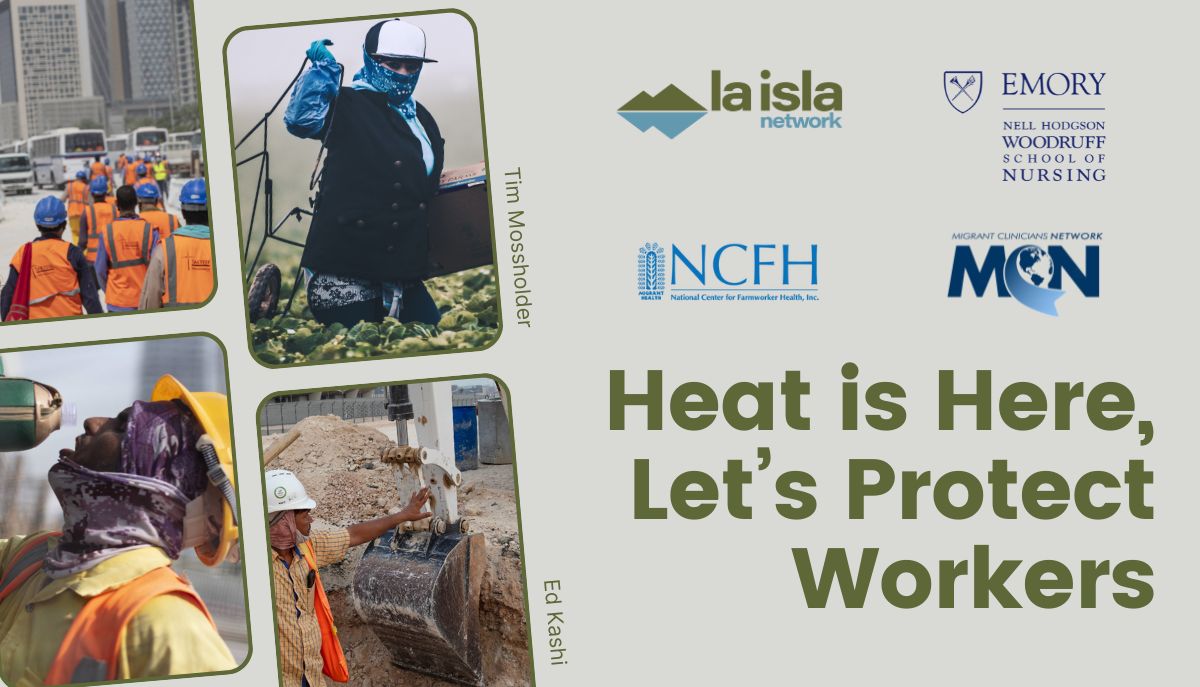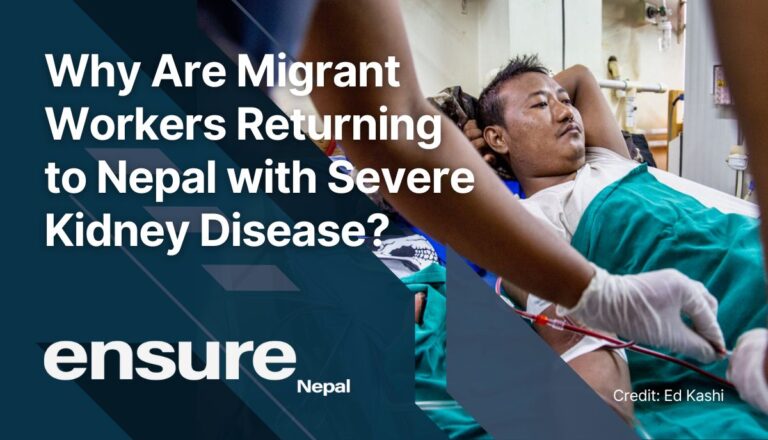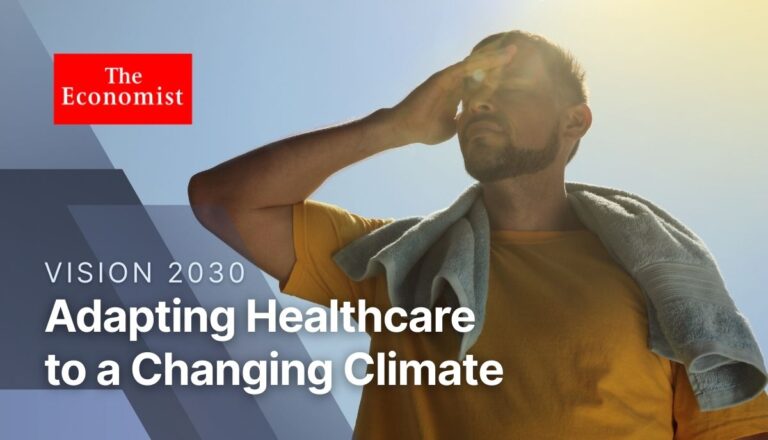On August 28, a group of organizations released a joint brief titled “Heat is Here, Let’s Protect Workers” on the prevention of heat-related illness, injury and death among workers in the construction and agriculture industries in the United States.
La Isla Network, the Nell Hodgson Woodruff School of Nursing at Emory University, Migrant Clinicians Network, and the National Center for Farmworker Health call on a multistakeholder coalition — composed of policymakers, researchers, doctors, businesses, workers, and concerned individuals — to address concerns about heat, labor and health.
Workers like those in agriculture and construction form the backbone of our society, yet rising heat is making their work riskier. In order to meet the moment, the current framework for protecting workers needs an upgrade. We advise a framework for protecting workers that reinforces their rights, establishes a federal heat standard, creates a public health surveillance system, and implements trainings on spotting heat-related illnesses.
Preventing immediate and long-term health effects from dehydration and chronic exposure to heat are simple, effective and inexpensive. Heat stress does not have to be a part of the job, and worker protections can provide a return on investment to businesses.
Workers in agriculture and construction face intense work activity, comparable to an athlete. The nature of the work in combination with extreme heat conditions are excruciating and can be lethal. Dr. Bethany Boggess Alcauter, Director of Research and Public Health Programs at the National Center for Farmworker Health, said, “Outdoor workers are athletes working in extreme conditions. We value professional athletes as a society, but why do we not show the same value for the people who put food on our tables each day?”
But workers in agriculture and construction don’t have to succumb to heat stress. Dr. Roxana Chicas R.N. from the Nell Hodgson Woodruff School of Nursing at Emory University said, “For far too long there has been a common notion that heat stress is simply something that comes with these jobs, and that nothing much can be done about it — that is a false notion.”
Thanks to cutting-edge research in combination with on-the-ground work and policy development, workers are being protected, one by one. La Isla Network CEO and co-founder Jason Glaser said, “It’s past time to implement proven occupational health protocols to all workers and industries being harmed by heat and its consequences in the United States and the European Union. La Isla Network has shown that these programs reduce harm, increase productivity, and provide a return on investment to employers. So what’s the hold up?”
Though these protections are being rolled out across the world, there is still a long way to go in developing protection protocols here in the United States that meet the current conditions. Ultimately, a piecemeal approach inevitably leaves workers behind in those states that do not adopt a policy, said Amy Liebman, Chief Program Officer of Workers, Environment, and Climate for Migrant Clinicians Network. “Death from heat is preventable. No one, and certainly no worker, should ever die from the heat,” she said.

For more information, please contact: Jason Glaser, CEO and Co-founder at La Isla Network, Click to reveal; Dr. Roxana Chicas R.N., Assistant Professor on Tenure Track at Emory University School of Nursing, Click to reveal; Amy Liebman, Chief Program Officer of Workers, Environment, and Climate at Migrant Clinicians Network, Click to reveal; Dr. Bethany Boggess Alcauter, Director of Research and Public Health Programs at National Center for Farmworker Health, Click to reveal.




